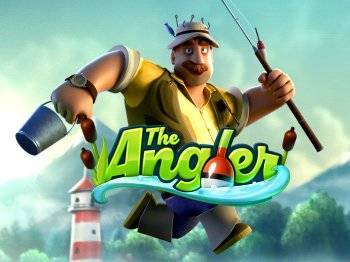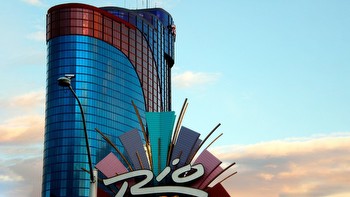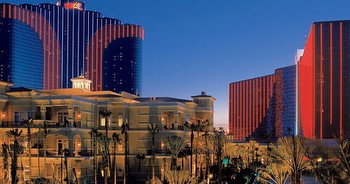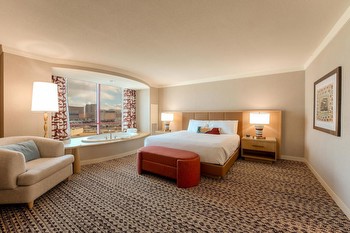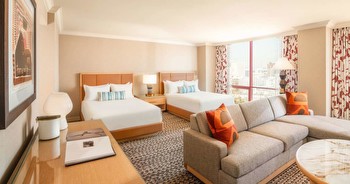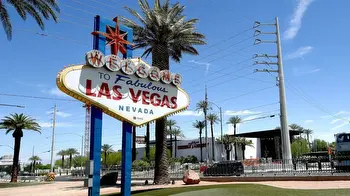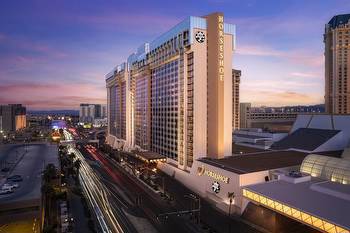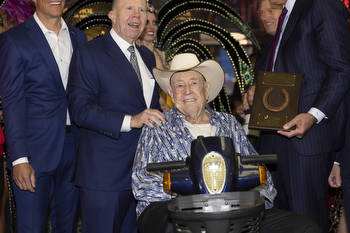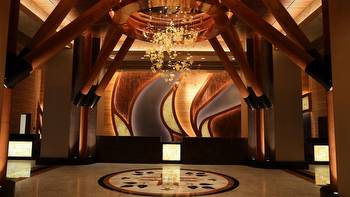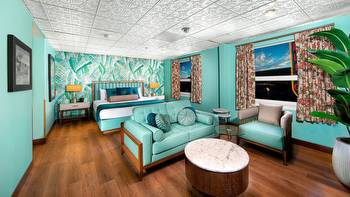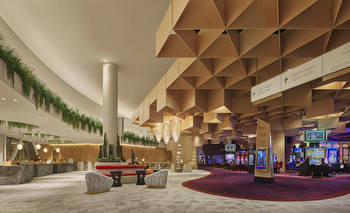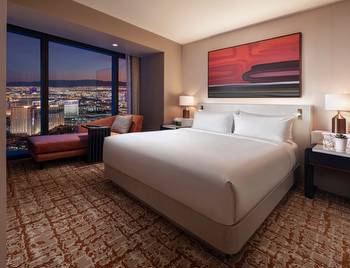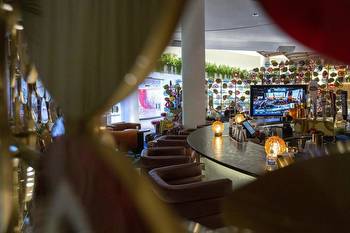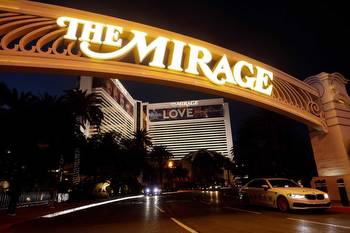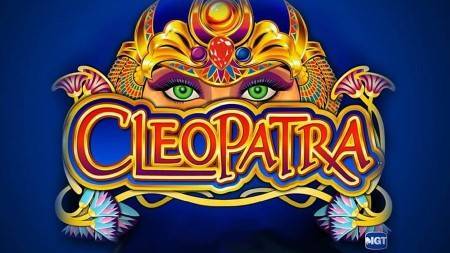Regulations Save Lives; Just Look at the Las Vegas Casino Hotel Industry

HNN BlogRegulations Save Lives; Just Look at the Las Vegas Casino Hotel Industry1980 MGM Grand Fire Led To Widespread Improvements for Las Vegas Casinos, Hotel Industry
Wallpaper, PVC piping, glue and plastic mirrors.
That’s what fed the spread of the massive fire that broke out in a restaurant in the 26-story MGM Grand hotel and casino on Nov. 21, 1980, which ended up resulting in the deaths of 78 guests and seven employees, while injuring hundreds more.
The restaurant, which had been closed overnight, had an improperly installed pastry case. Electrical issues related to the poor installation started a fire inside the wall. An employee discovered the fire that morning, but according to one account of the day, “he wouldn’t have been able to do anything to stop the fire anyway because the restaurant’s fire extinguisher was missing.”
Soon after, the building lost power. The fire, breaking out of the restaurant and fed by the wallpaper, PVC piping, glue and plastic mirrors, sent a fireball through the casino floor.
“At 7:35 a.m., the front end of the casino blew out like a World War II flamethrower,” Charles MacGregor, assistant security supervisor of the Barbary Coast Hotel across the street told the Las Vegas Review Journal at the time.
Eighteen died on the casino floor. Toxic smoke hit the vertical shafts of the hotel’s tower. Guests trapped in their rooms opened windows, inviting more smoke in. Miscommunication over jurisdiction between fire departments hindered rescue efforts and all in all, the majority of deaths were in the hotel tower.
Oh, and this: The hotel had the bare minimum of sprinklers installed.
At the time of the hotel’s construction in 1973, that was just fine. The Las Vegas Sun’s excellent reporting of this disaster at the time and years later outlines clearly how fire code at the time only required a minimum of sprinklers — in the case of the MGM Grand, they were in the basement, showrooms and a meeting room area on the 26 floor.
In other words, the spot with the most sprinklers was the money-counting area, not the guestrooms or casino floor.
Fire departments raised this issue as a potentially huge problem at the time, and nobody listened. Why spend the money?
A former county fire marshal faced huge opposition from the hotel’s owners when he suggested installing more sprinklers when the building was constructed.
They would have cost too much.
And this hotel was the jewel of the Strip. At the time of its construction, it was the largest resort hotel in the world. In its first full year of operation, the casino-hotel . The hotel's furniture, fixtures and equipment in the guestrooms alone cost $15 million, and the 50,000-square-foot casino floor had 1,000 slot machines, 10 craps tables, 45 blackjack tables, 16 poker tables and a Keno lounge.
What it didn't have were basic life and safety measures in place. The paper trail of safety errors that were never caught and never addressed is a mile long. It wasn’t just the lack of sprinklers. Read through the links I’ve given you here for all the details that went wrong, from code violations to design flaws.
If you don’t remember this event personally, I’m sure everyone working today in the hotel industry has learned about the implications of this disaster and how it changed not only Las Vegas hotel and casino operations, but the entire safety playbook for hotels in this country.
Following this blaze, and another at a nearby Hilton hotel, Nevada revised fire safety codes tailored to protect the high-occupancy, high-rise buildings Las Vegas is known for. Sprinklers, alarms and alerts, architectural changes, communications systems, and fire-retardant building and design materials are now common safety systems in hotels across the country. These are elements that would have saved lives not only in the MGM Grand fire, but in similar fires in high-occupancy buildings during the times before stricter regulations.
This excellent retrospective of the disaster, published in the Las Vegas Review-Journal in 2020, the 40 anniversary of the tragedy, quotes Stanley Grismanauskas, who was a Cook County firefighter on the scene that day.
“It really gets you scratching your head what we could have done better,” he said. “But it’s not what we could have done better, it’s what could the building department have done better, and that’s when the industry changed.”
So what made me think of this particular disaster, today?
Wednesday morning @TheSecretHotelier posted a tweet that hit home:
"Another day, another mass shooting and nothing will get done about it. Reminder that after the 1980 MGM hotel fire in Vegas that killed 85 people hotels got renovated with sprinklers to prevent this sort of thing from happening again. Fire safety/sprinkler systems save lives."
Doing better and improving regulations can save lives. Imagine that.
Sources for this blog are linked throughout and include in part The Las Vegas Sun, Las Vegas Review-Journal, Ranker and Wikipedia.
The opinions expressed in this column do not necessarily reflect the opinions of Hotel News Now or CoStar Group and its affiliated companies. Bloggers published on this site are given the freedom to express views that may be controversial, but our goal is to provoke thought and constructive discussion within our reader community. Please feel free to contact an editor with any questions or concern.







